The Open Workshop explores the radical in architecture
The Open Workshop is an emerging Californian studio from San Francisco making waves with its ideas around what's 'radical' in architecture
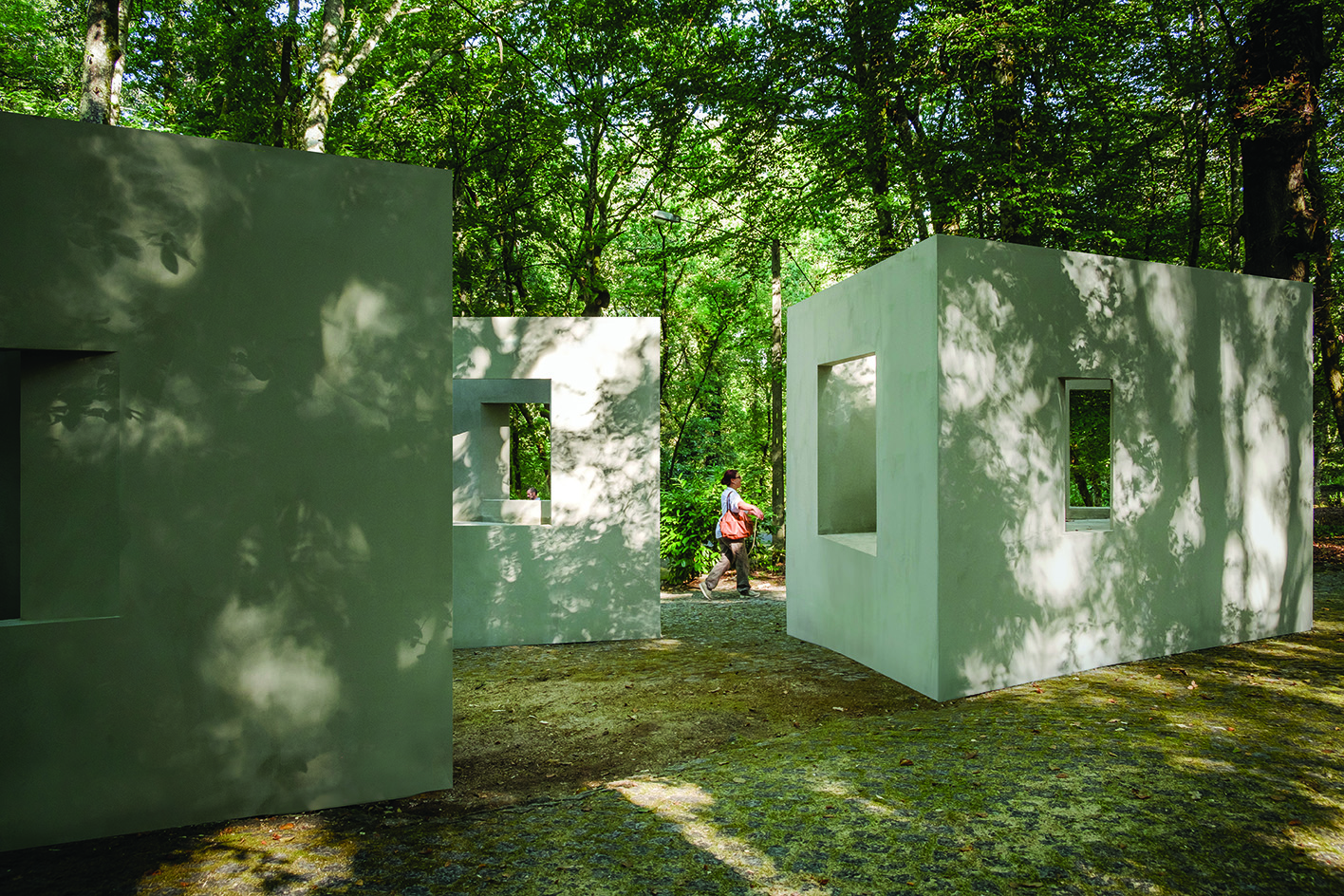
The Open Workshop's Neeraj Bhatia would like to change what it means for architecture to be radical. When the San Francisco–based architect and urban designer, entered architecture school the epitome of radical was Deconstructivism. This meant wild drawings and rare but daring constructions in a pre-digital age. Early in his career he was drawn to this definition, and even did a stint at the famously avant-garde firm Coop Himmelblau, but the pursuit of ‘form for form’s sake’ wasn’t satisfying. Simply looking radical wasn’t enough, for architecture to truly be radical it needed to have an effect on people and policy.
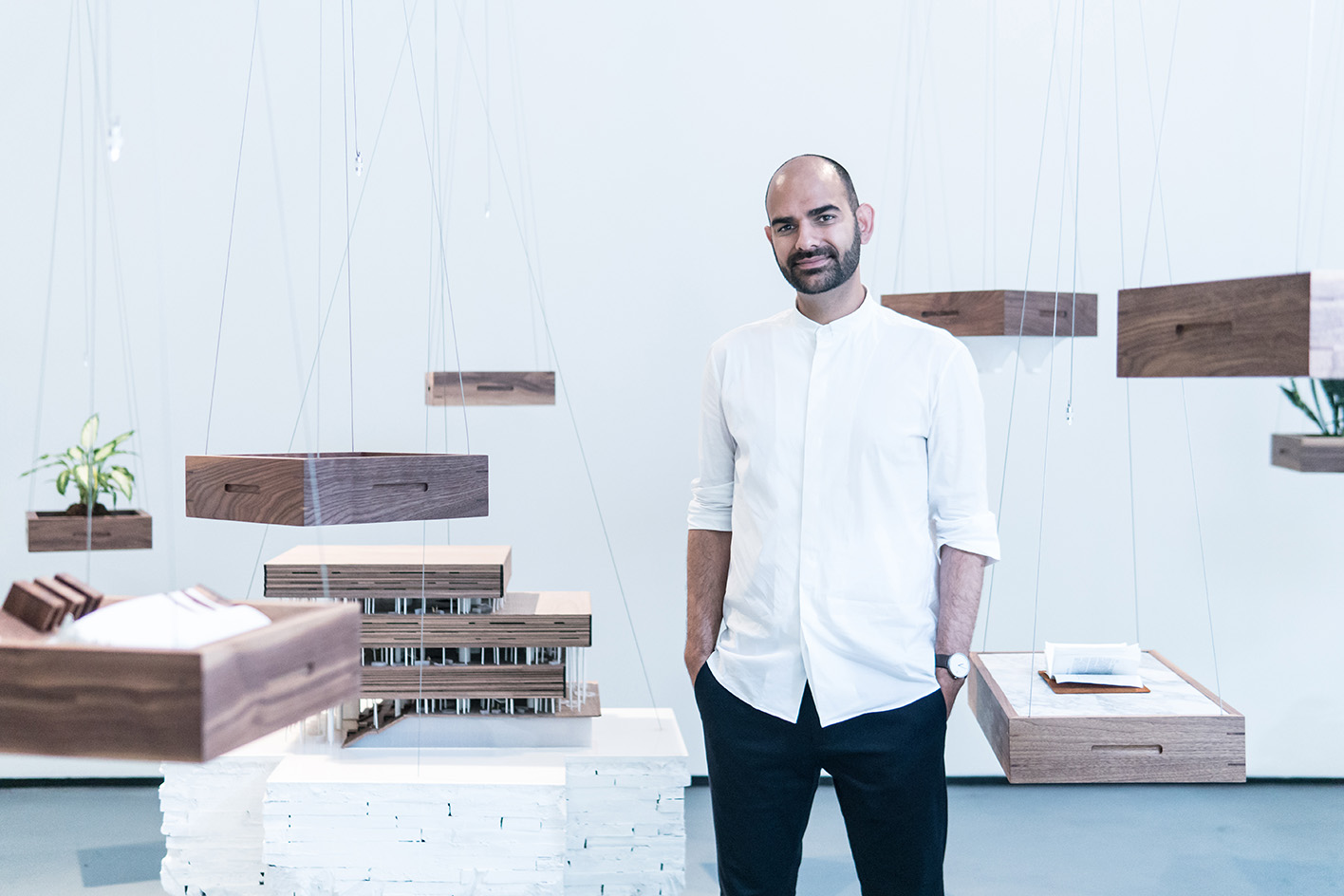
Neeraj Bhatia in the exhibition, New Investigations in Collective Form
The Open Workshop: from aesthetics to urbanism
For Bhatia, broadening his interest from aesthetics to urbanism was profound. He started to recognize how architecture was interconnected to or implicated within political processes and histories of systemic power. ‘When you see something, you can’t unsee it,’ he says, likening the realisation to how hikers read for clues in a landscape. ‘You see how architecture touches a community, how it impacts climate. Once that criteria is there, ignoring it is a conscious choice.’
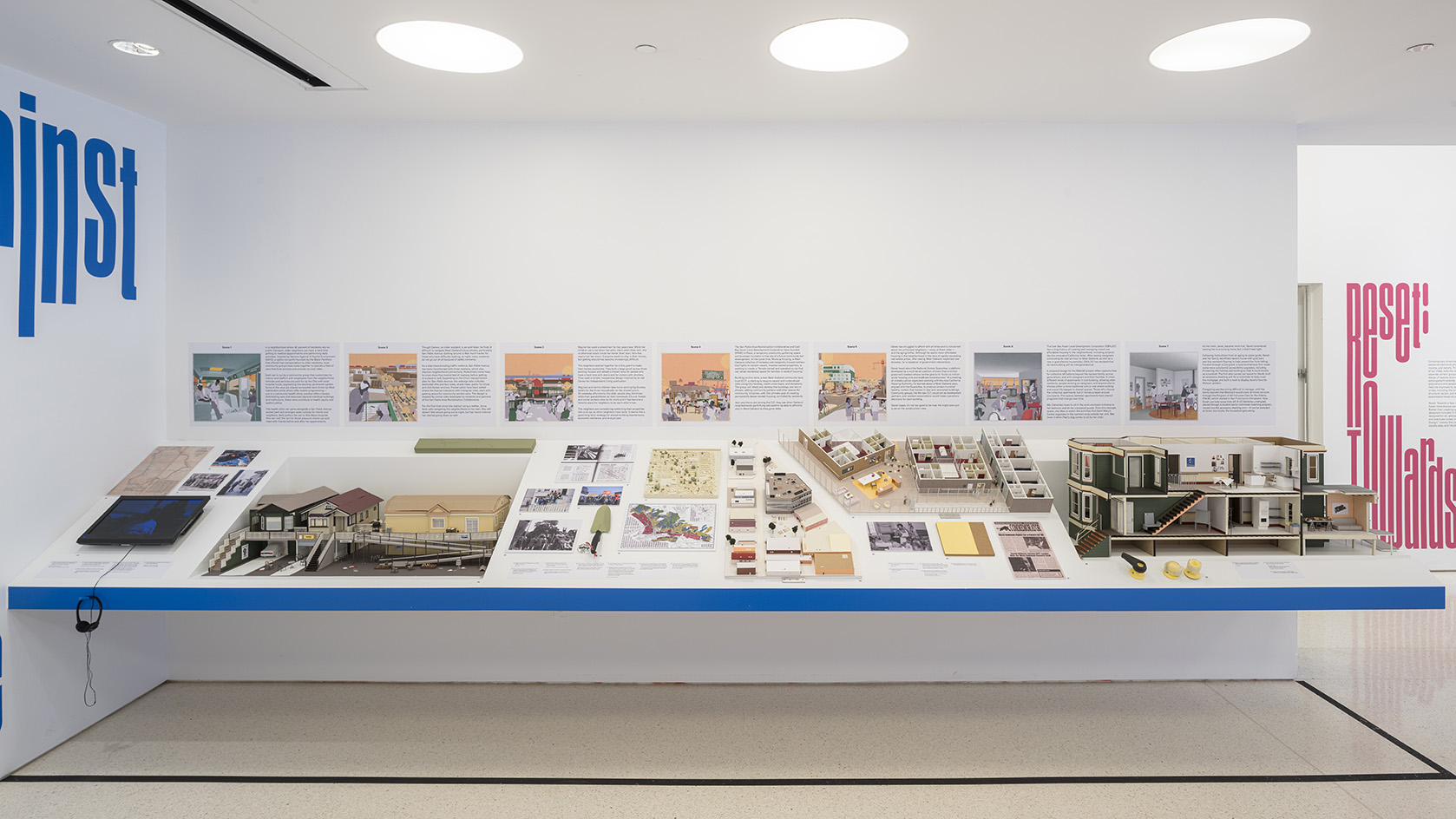
Aging Against the Machine, 2022. Commissioned by the Center for Architecture New York
Facing these issues, Bhatia founded The Open Workshop in Toronto in 2013, a year later relocating to San Francisco, where he teaches at the California College of the Arts and co-directs the research lab The Urban Works Agency. His small practice focuses on ‘how architecture can empower subjects often overlooked by architecture—from the natural environment to people living in precarity.’
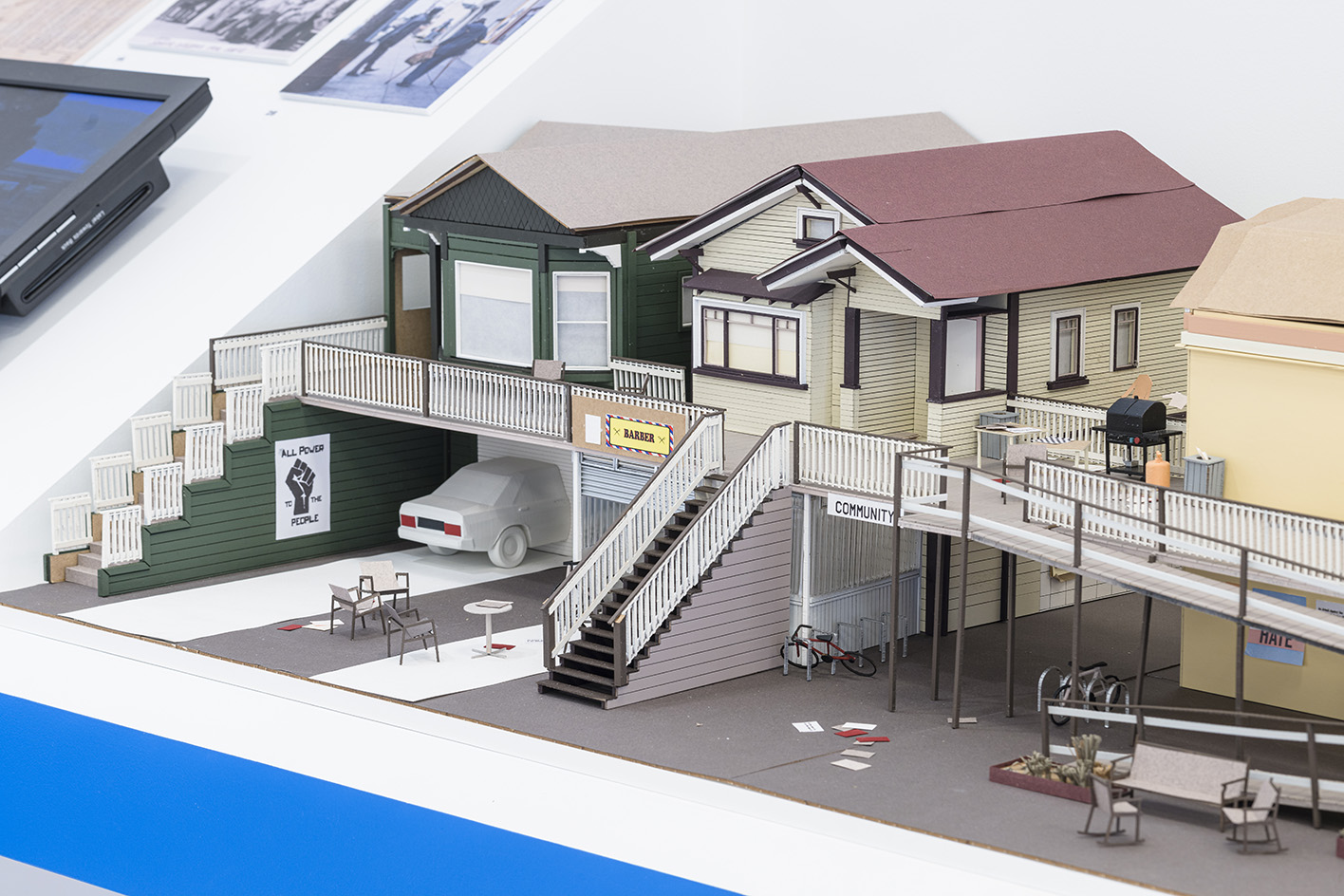
Aging Against the Machine, 2022. Commissioned by the Center for Architecture New York
The Open Workshop’s contributions to the 2021 Chicago Architecture Biennial, for example, combined The Center Won’t Hold, a square, Quaker-meeting room-like installation, with a series of broadsheets designed to build solidarity between community organisations in the Bronzeville neighbourhood. Built in the middle of the pandemic, it celebrated communal practices and supported local mutual aid and resource sharing initiatives.

New Investigations in Collective Form, published by AR+D / CCA Architecture Books
Recent investigations take on collective housing, a topic particularly critical in the Bay Area, where housing costs are stratospherically high. For Aging Against the Machine, a design proposal studying ageing in West Oakland, Bhatia collaborated with New York–based educators Ignacio G. Galan and Karen Kubey, and community groups. Their project, exhibited as part of Reset: Towards a New Commons at the Center for Architecture in New York, analysed the physical, social, financial, and cultural barriers facing folks growing old in the city. An upcoming exhibition at Banvard Gallery at Ohio State University, titled Life After Property, continues themes of communing, solidarity, and care.
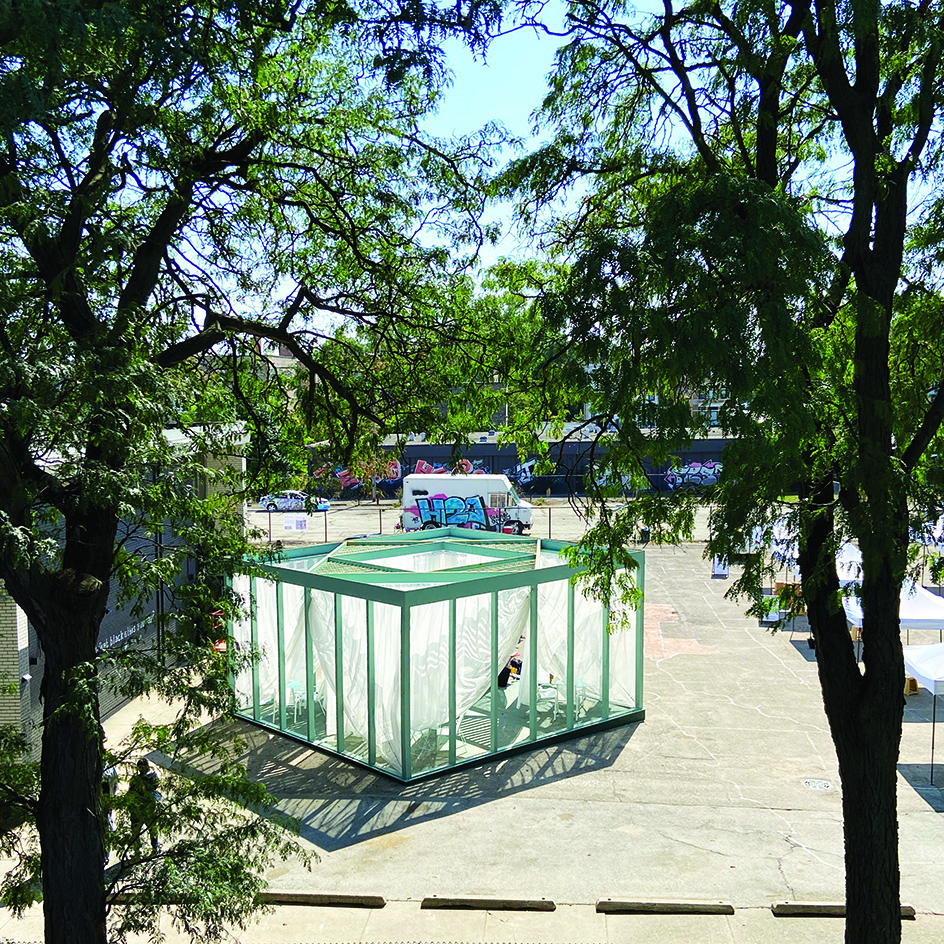
The Center Won't Hold, 2021. Commissioned by the Chicago Architecture Biennial
Bhatia describes himself as a choreographer of urban forces as much as a builder, a reframing that is not so much radical, as a new normal. ‘I hope the future generation of architects are also activists and advocates for the community and environment.’
Wallpaper* Newsletter
Receive our daily digest of inspiration, escapism and design stories from around the world direct to your inbox.
-
 Put these emerging artists on your radar
Put these emerging artists on your radarThis crop of six new talents is poised to shake up the art world. Get to know them now
By Tianna Williams
-
 Dining at Pyrá feels like a Mediterranean kiss on both cheeks
Dining at Pyrá feels like a Mediterranean kiss on both cheeksDesigned by House of Dré, this Lonsdale Road addition dishes up an enticing fusion of Greek and Spanish cooking
By Sofia de la Cruz
-
 Creased, crumpled: S/S 2025 menswear is about clothes that have ‘lived a life’
Creased, crumpled: S/S 2025 menswear is about clothes that have ‘lived a life’The S/S 2025 menswear collections see designers embrace the creased and the crumpled, conjuring a mood of laidback languor that ran through the season – captured here by photographer Steve Harnacke and stylist Nicola Neri for Wallpaper*
By Jack Moss
-
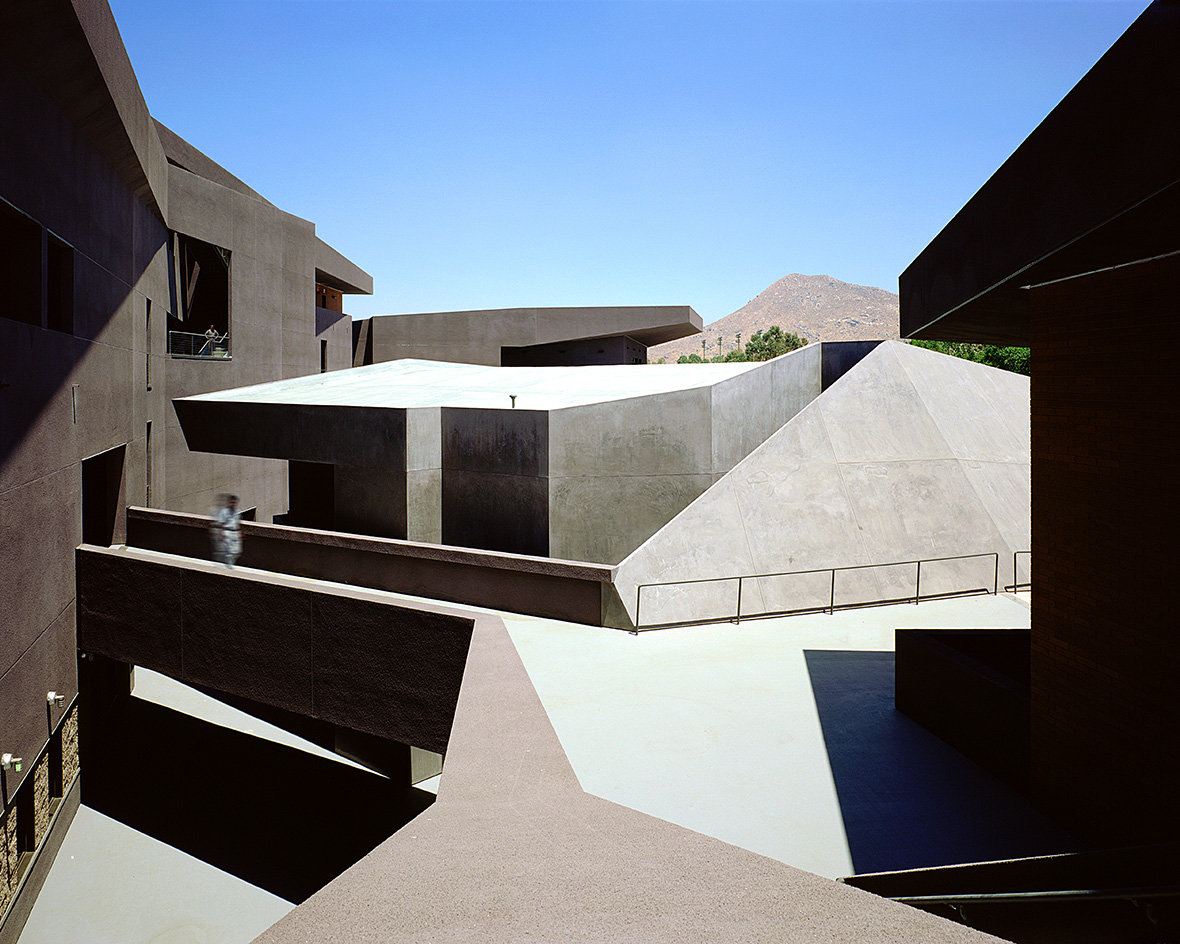 We explore Franklin Israel’s lesser-known, progressive, deconstructivist architecture
We explore Franklin Israel’s lesser-known, progressive, deconstructivist architectureFranklin Israel, a progressive Californian architect whose life was cut short in 1996 at the age of 50, is celebrated in a new book that examines his work and legacy
By Michael Webb
-
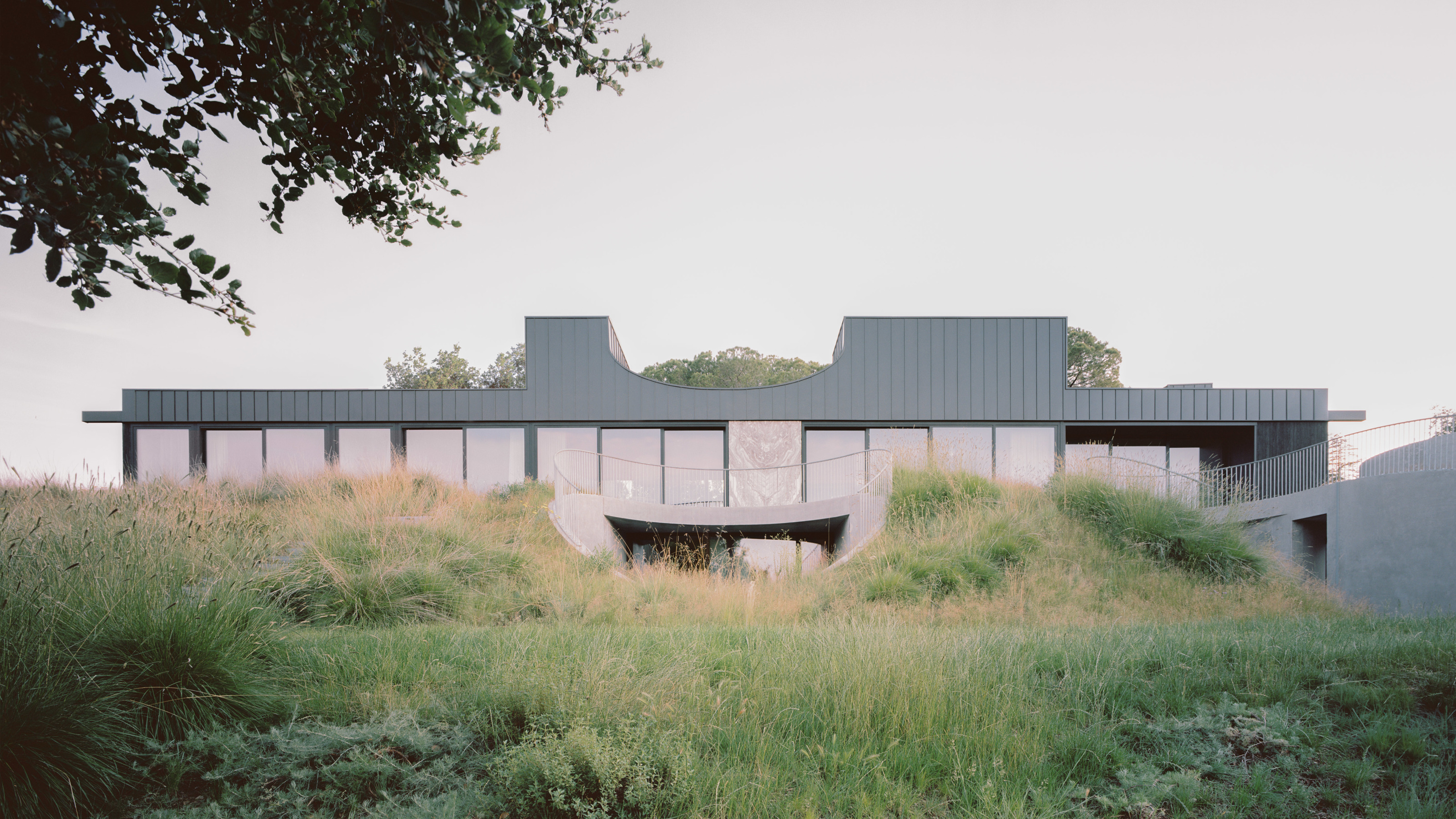 A new hilltop California home is rooted in the landscape and celebrates views of nature
A new hilltop California home is rooted in the landscape and celebrates views of natureWOJR's California home House of Horns is a meticulously planned modern villa that seeps into its surrounding landscape through a series of sculptural courtyards
By Jonathan Bell
-
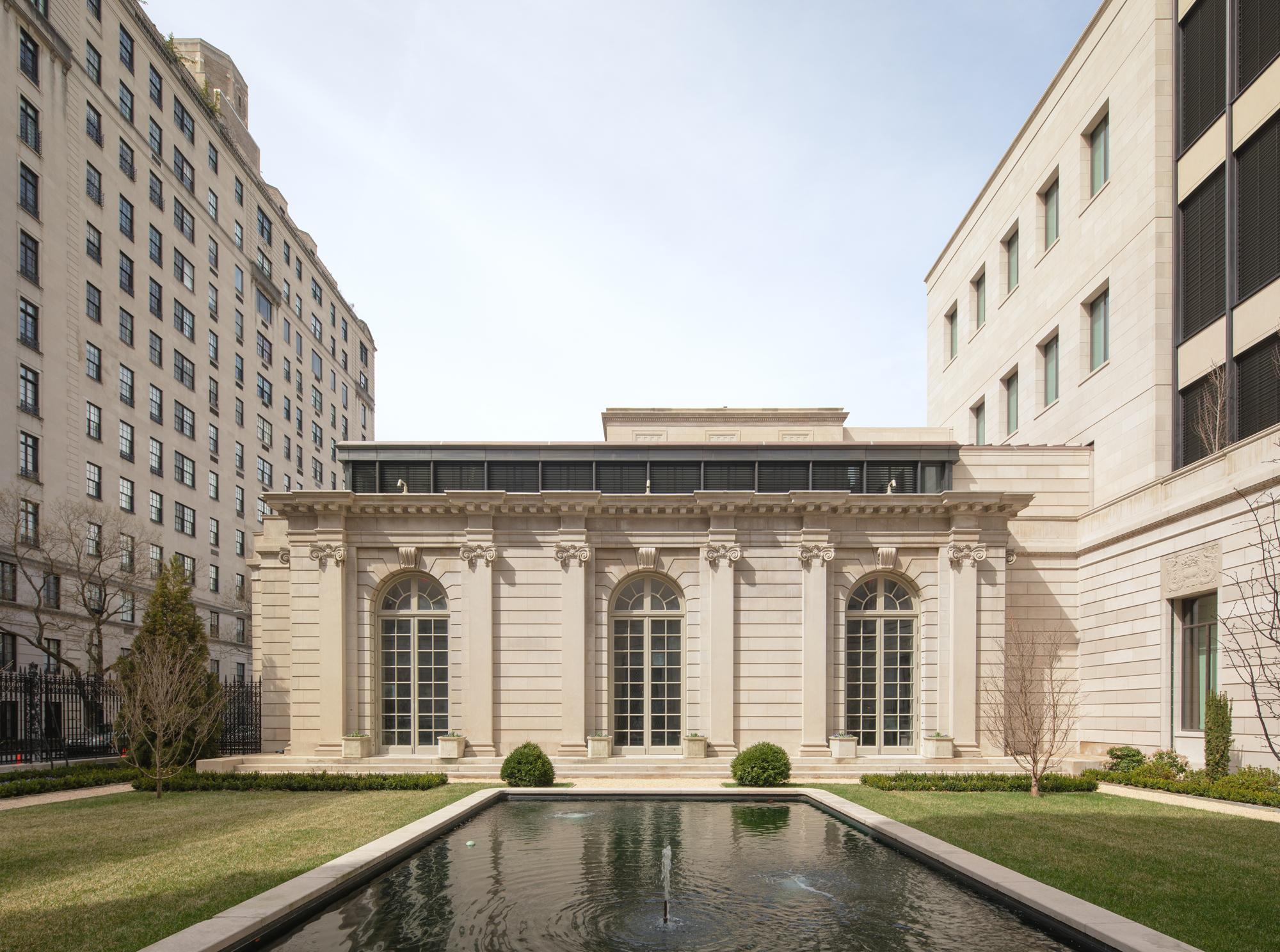 The Frick Collection's expansion by Selldorf Architects is both surgical and delicate
The Frick Collection's expansion by Selldorf Architects is both surgical and delicateThe New York cultural institution gets a $220 million glow-up
By Stephanie Murg
-
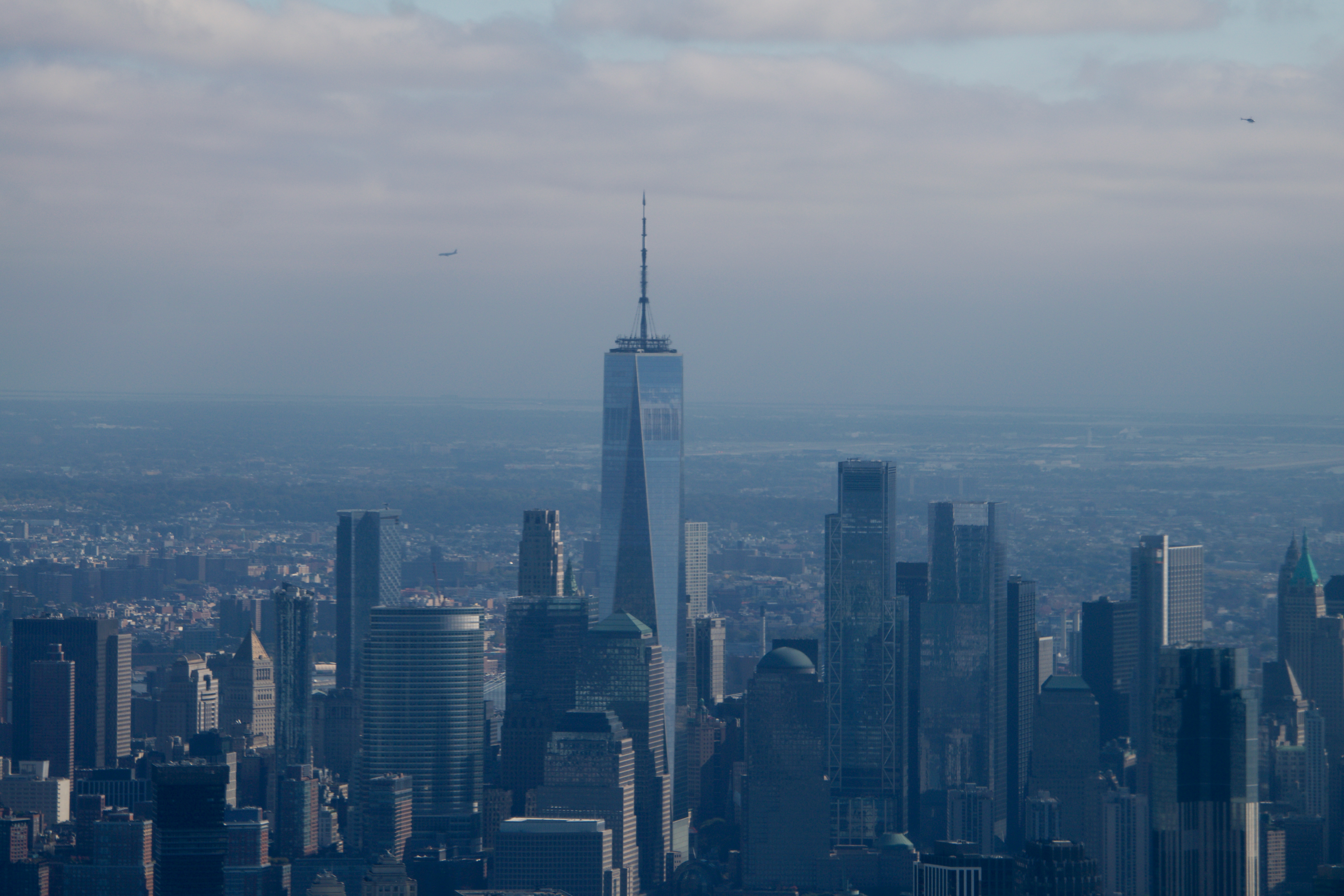 Remembering architect David M Childs (1941-2025) and his New York skyline legacy
Remembering architect David M Childs (1941-2025) and his New York skyline legacyDavid M Childs, a former chairman of architectural powerhouse SOM, has passed away. We celebrate his professional achievements
By Jonathan Bell
-
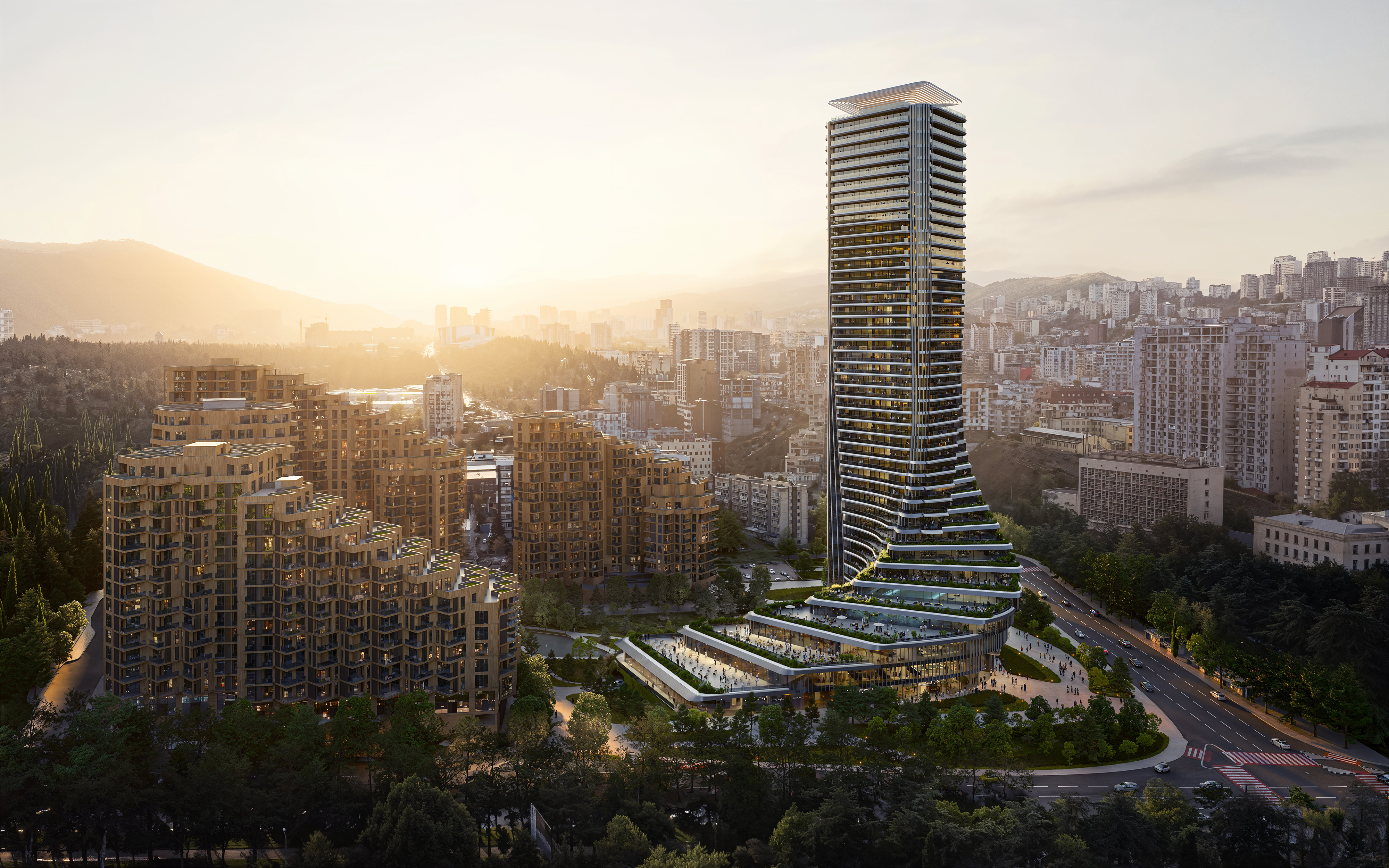 The upcoming Zaha Hadid Architects projects set to transform the horizon
The upcoming Zaha Hadid Architects projects set to transform the horizonA peek at Zaha Hadid Architects’ future projects, which will comprise some of the most innovative and intriguing structures in the world
By Anna Solomon
-
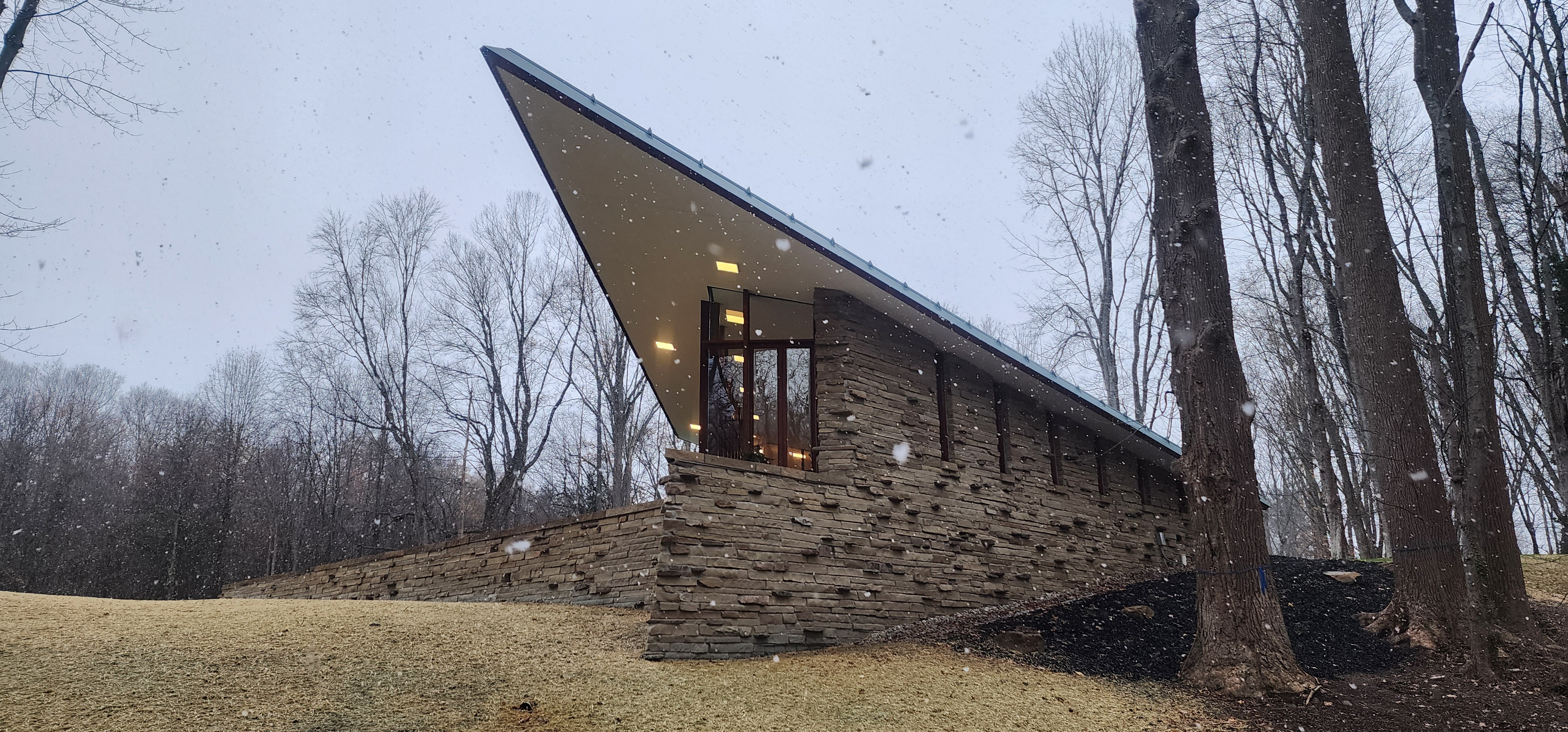 Frank Lloyd Wright’s last house has finally been built – and you can stay there
Frank Lloyd Wright’s last house has finally been built – and you can stay thereFrank Lloyd Wright’s final residential commission, RiverRock, has come to life. But, constructed 66 years after his death, can it be considered a true ‘Wright’?
By Anna Solomon
-
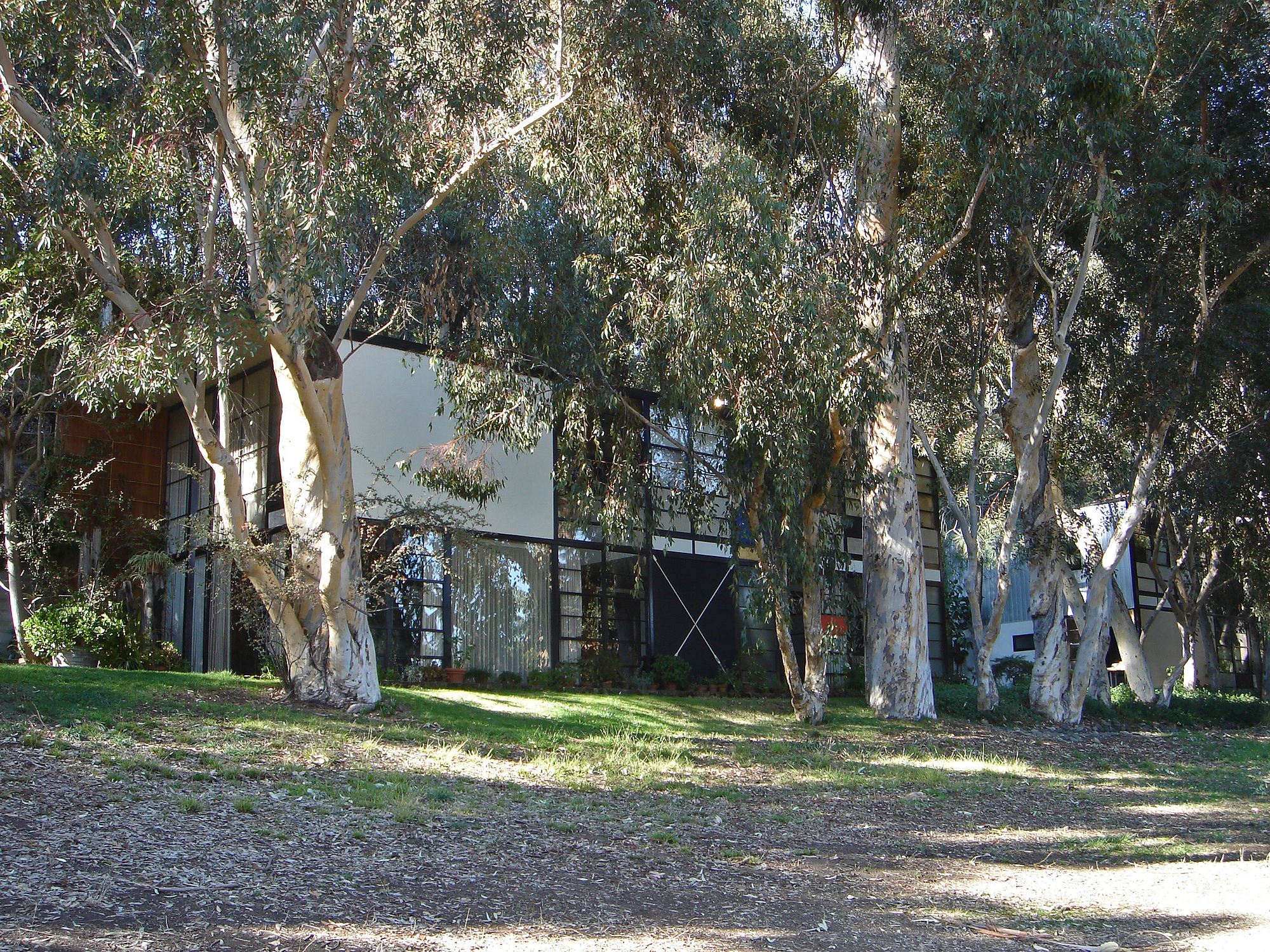 Heritage and conservation after the fires: what’s next for Los Angeles?
Heritage and conservation after the fires: what’s next for Los Angeles?In the second instalment of our 'Rebuilding LA' series, we explore a way forward for historical treasures under threat
By Mimi Zeiger
-
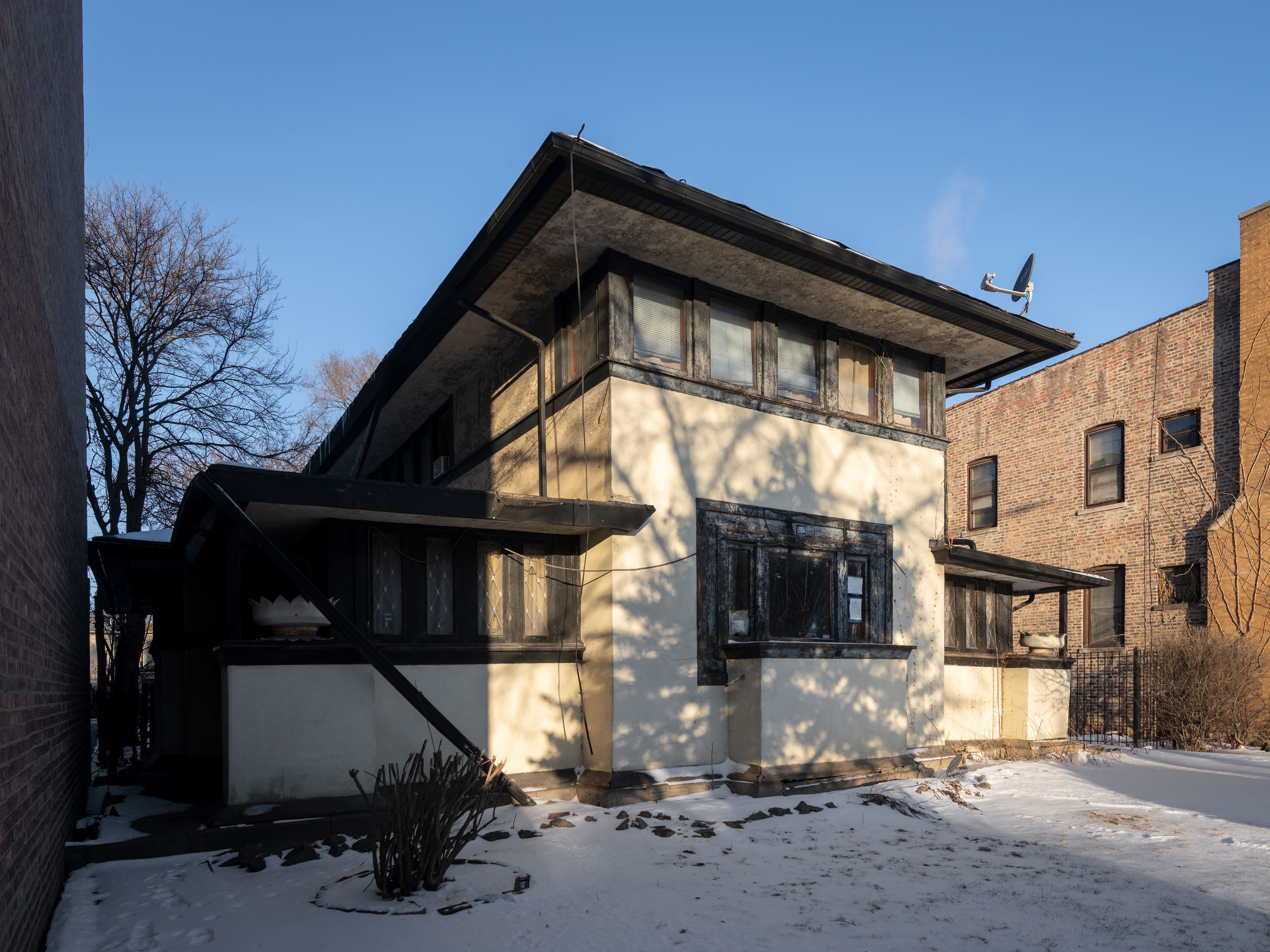 Why this rare Frank Lloyd Wright house is considered one of Chicago’s ‘most endangered’ buildings
Why this rare Frank Lloyd Wright house is considered one of Chicago’s ‘most endangered’ buildingsThe JJ Walser House has sat derelict for six years. But preservationists hope the building will have a vibrant second act
By Anna Fixsen